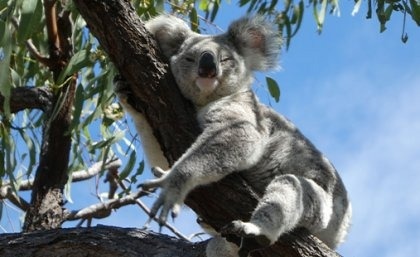Reviewed by Lexie CornerJun 13 2025
A project led by the University of Queensland has introduced a standardized approach to genetic testing in koalas. The method is expected to improve efforts in conservation and population recovery.

Image Credit: Michaela Blyton, The University of Queensland.
Dr. Lyndal Hulse from UQ’s School of the Environment explained that the standardized koala genetic marker panel gives researchers across Australia a consistent way to record and share data on koala genetic diversity. This allows for better collaboration and data integration between studies.
Koalas in the wild are under increasing pressure from habitat loss, disease, and vehicle strikes, forcing them to live in increasingly smaller and more isolated pockets with limited access to breeding mates outside their group. Population inbreeding can mean detrimental effects on their health. A standardised panel for directly comparing genetic markers enables researchers, conservationists, and government agencies to better understand the genetic diversity of koala populations, allowing for greater collaboration to ensure their survival.
Dr. Lyndal Hulse, School of the Environment, University of Queensland
According to Saurabh Shrivastava, Senior Account Manager at the Australian Genome Research Facility (AGRF Ltd), the tool is a single-nucleotide polymorphism (SNP) array that uses next-generation sequencing technology.
The Koala SNP-array can accommodate good-quality DNA, so it is suitable for broad-scale monitoring of wild koala populations. Importantly, it is available to all researchers and managers.
Saurabh Shrivastava, Senior Account Manager, Australian Genome Research Facility
Dr. Hulse noted that the technology could help guide targeted koala relocations across different regions.
There are very strict rules about relocating koalas, but this could be key to improving and increasing the genetics of populations under threat. These iconic Australian marsupials are listed as endangered in Queensland, New South Wales, and the ACT, and in 50 years, we may only be able to see koalas in captivity. Understanding the genetic diversity of different populations of koalas is crucial if we are going to save them from extinction.
Dr. Lyndal Hulse, School of the Environment, University of Queensland